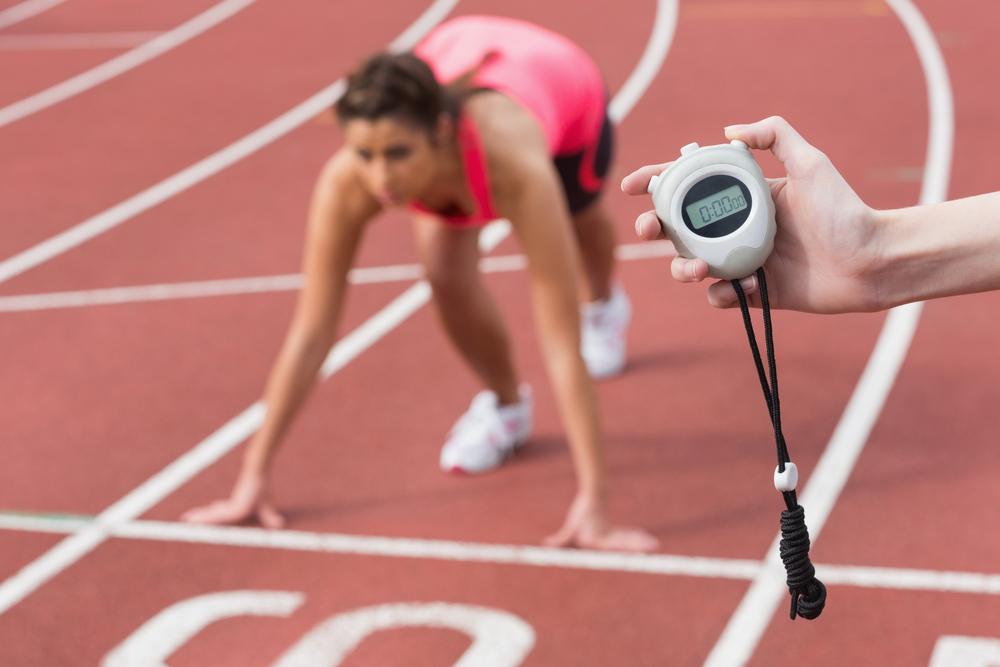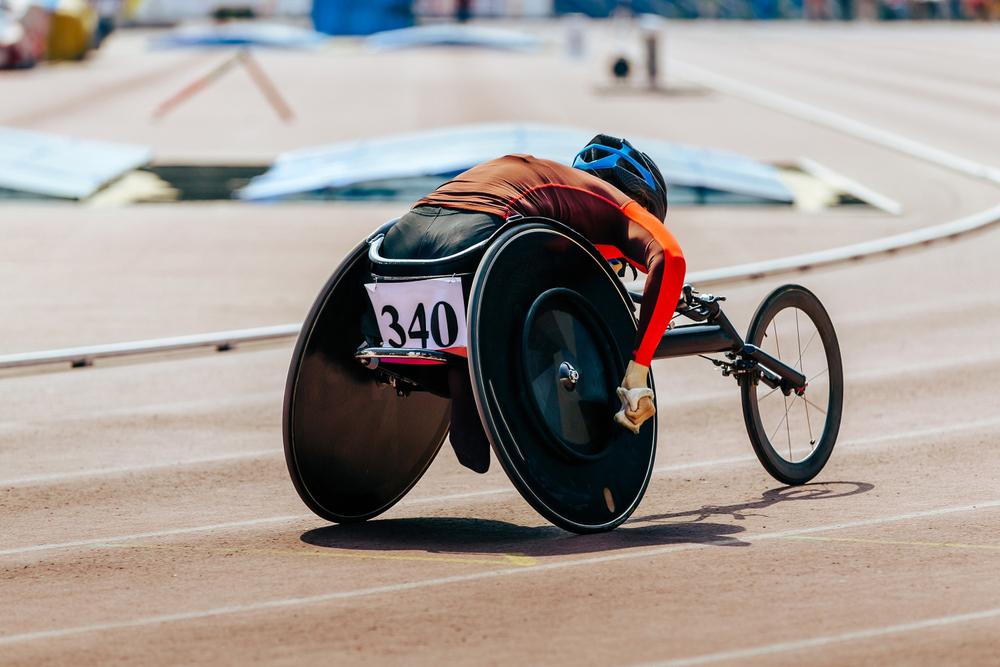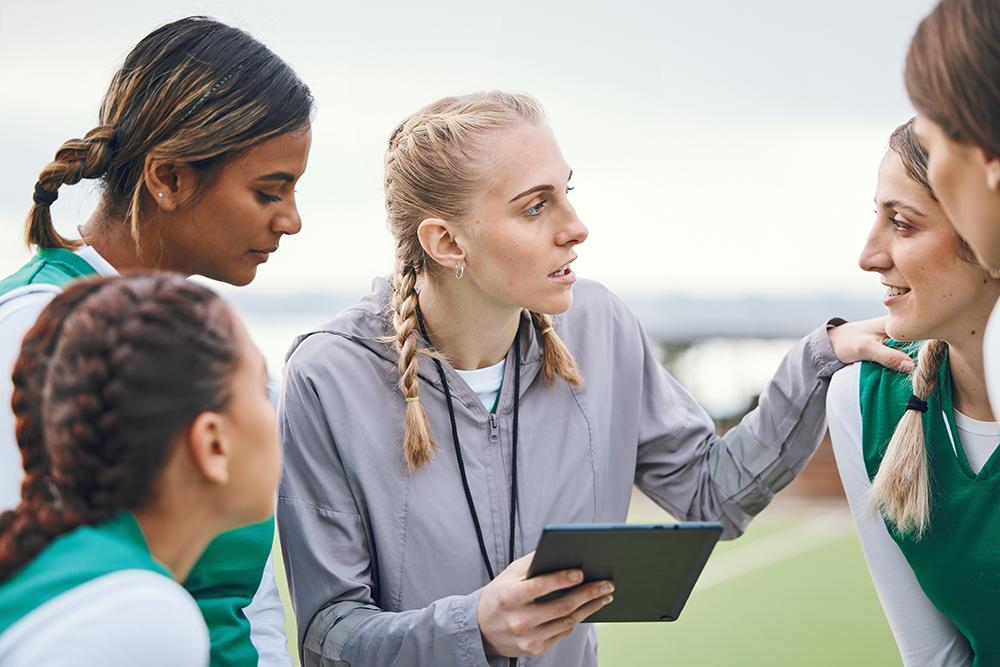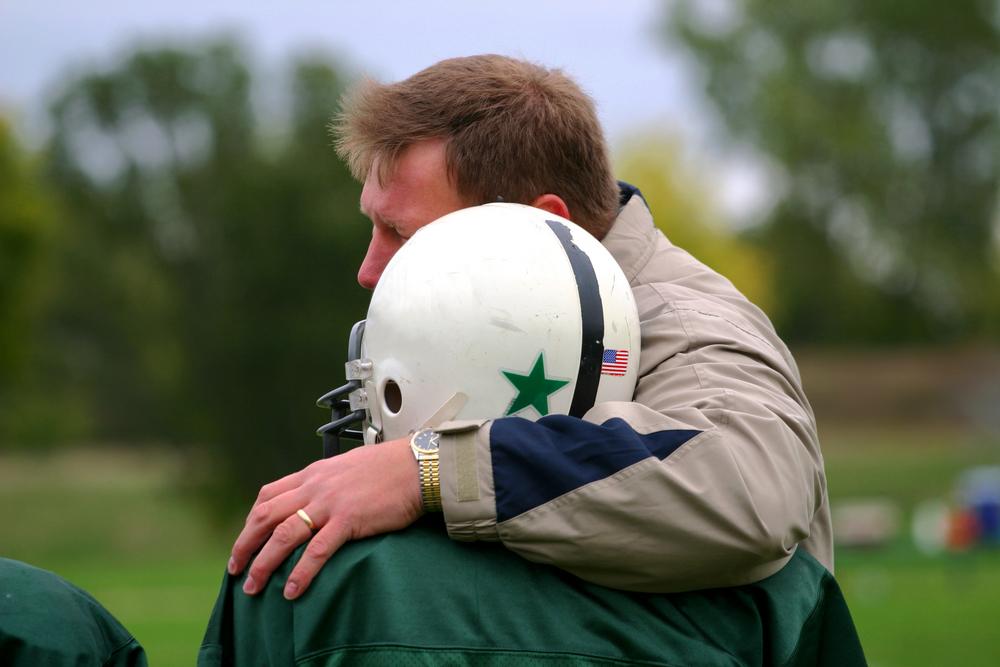 Measuring fitness is tricky as a coach: Should you be testing youth athletes for metrics like VO2 Max, doing lactate testing, checking body composition, timing them in a mile run, or doing a beep test? Do you need to know their maximum power or rep capability in the gym?
Measuring fitness is tricky as a coach: Should you be testing youth athletes for metrics like VO2 Max, doing lactate testing, checking body composition, timing them in a mile run, or doing a beep test? Do you need to know their maximum power or rep capability in the gym?
Here, the U.S. Anti-Doping Agency’s Director of Science, Dr. Laura Lewis, shares her best practices for youth coaches who are looking for ways to keep track of their athletes’ fitness while prioritizing wellness and growth.
1. What to Know Before You Test
First, ask why you’re testing. In a sport like soccer, for example, a test like a mile run or a body composition test won’t actually be helpful to a coach. Those are common tests for young athletes—but are they relevant to soccer? By comparison, a beep test or shuttle run that tests the ability to sprint and pivot would be much more applicable to the game.
Testing also shouldn’t be “one and done,” says Lewis. Rather, coaches should see it as a way to track whether a particular training intervention is working, or because you’re tracking development over the course of the season. “It shouldn’t be done to choose the team captain or to make any kind of value judgments on athletes,” she adds.
A good coach will also understand that the way an athlete tests on a given day is only a snapshot of their capabilities: A bad night of sleep, a gurgling stomach, a headache, or just a tough day at school can cause an otherwise stellar athlete to test poorly—but that’s just a reflection of the single test, not of the athlete’s abilities as a whole.
“I’ve also seen athletes start to train for the test itself rather than focusing on how the training supports their sport,” says Lewis. “That may help them do better on the mile-long time trial, but is it making them better at racing cross-country? Make sure your athletes understand that the test is just a measurement of progress, it’s not the result they should be working towards.”
As a coach, it’s also important to understand that athletes will view their test results in different ways. Keep in mind how testing could impact athletes from a mental health standpoint, and focus on effort and growth rather than outcomes.
Finally, it’s important to remember that these tests should only be used to compare an athlete to their own past performance—not as a way to rank athletes on the team or compare them to each other, especially not in a public ranking of any type. “We’re testing to look at change in an athlete as an individual, not comparing them to others,” Lewis says.
2. Simple Ways to Measure Fitness
The best ways to measure fitness are easily repeatable and relevant, says Lewis. That means the tests can be redone throughout the season with minimal stress, and the tests themselves relate to the sport your athletes are competing in. Here are some options to consider:
 Multistage Fitness Test: Beep Test, Shuttle Run, or YoYo Tests all require athletes to run roughly 22 yards (20 meters), then pivot and run back, continuing at increasing speeds. This type of test is ideal for athletes in sports that pivot frequently and require short bursts of speed, like hockey or basketball.
Multistage Fitness Test: Beep Test, Shuttle Run, or YoYo Tests all require athletes to run roughly 22 yards (20 meters), then pivot and run back, continuing at increasing speeds. This type of test is ideal for athletes in sports that pivot frequently and require short bursts of speed, like hockey or basketball.- Time Trial: For track runners, swimmers, and cross-country runners, an appropriate distance time trial is the simplest fitness measurement. These are helpful since the athletes are already performing them in practice sessions, so as a coach, you can opt for a monthly or biweekly session where the time is actually recorded.
- Strength-Based: If the sport is dynamic and relies on strength, like wrestling, a coach can test using a metric like how many of a particular exercise an athlete can do until failure or within a set period of time. This can be done with max weight in a strength exercise like a bench press with the weight recorded as well as reps, or with a body weight-based exercise like a pull-up. However, it is important with these tests to pay close attention to the athlete’s form and make sure that the exercises are being done correctly, so that the athlete doesn’t get injured.
- Flexibility: For sports like gymnastics, testing flexibility using a method like the classic sit-and-reach can inform whether an athlete needs to be focusing on their flexibility and mobility. Since some athletes in these sports tend to be hyper-mobile, they won’t need to work on flexibility and should instead be focused on building strength and stability, so this type of regular testing can truly inform training protocols.
3. Testing to Skip
Unless your athletes are in a sport where weight is a factor, like wrestling, avoid any type of weight or body composition testing. “I don’t think that any type of body composition test—weight, skin fold, waist circumference, DEXA scan—has a place in youth sport,” says Lewis. “Unfortunately, too many coaches have a false sense that a lower body fat percentage automatically means that an athlete is ‘better.’ But we know that’s not the case. And as a coach, body composition isn’t part of your job. If there’s any sort of need for nutritional intervention, advice, or education, that’s not the coach’s job. The athlete should only seek help from a professional trained specifically for that.”
And while there may be some relevance for athletes who need certain numbers for college recruitment purposes, Lewis says that for the majority of youth athletes, in-lab tests like DEXA scans, VO2 max, and lactate tests aren’t necessary. “For young athletes, this information is so rarely going to be helpful or relevant,” she says. “I’d rather see athletes focusing on the basics: sleeping enough, eating properly, and recovering well.”
___________________________
Takeaway
Measuring fitness for young athletes doesn’t require a fancy lab setup or a lot of equipment—the simpler you can keep testing protocols, the better. Tests should also be related to the sport that the athletes are doing, rather than generic fitness tests, and focus on personal growth. And skip any kind of weight or body composition-based tools.



